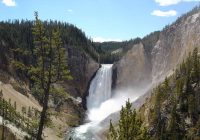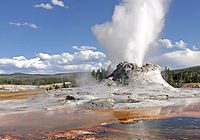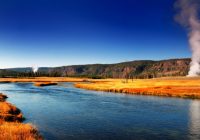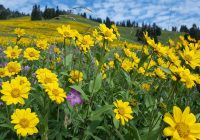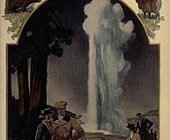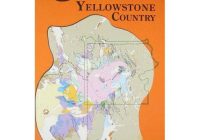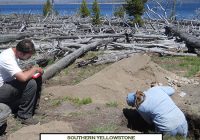Wildlife
Yellowstone is home to an amazing array of wildlife. (More coming soon) Amphibians and Reptiles Fish Birds Mammals Small Mammals Beaver Big Horn Sheep Bison Black Bear Bobcat & Lynx Brown Bear (Grizzly) Cougar Coyote Deer Elk Fox Moose Pronghorn Wolf

